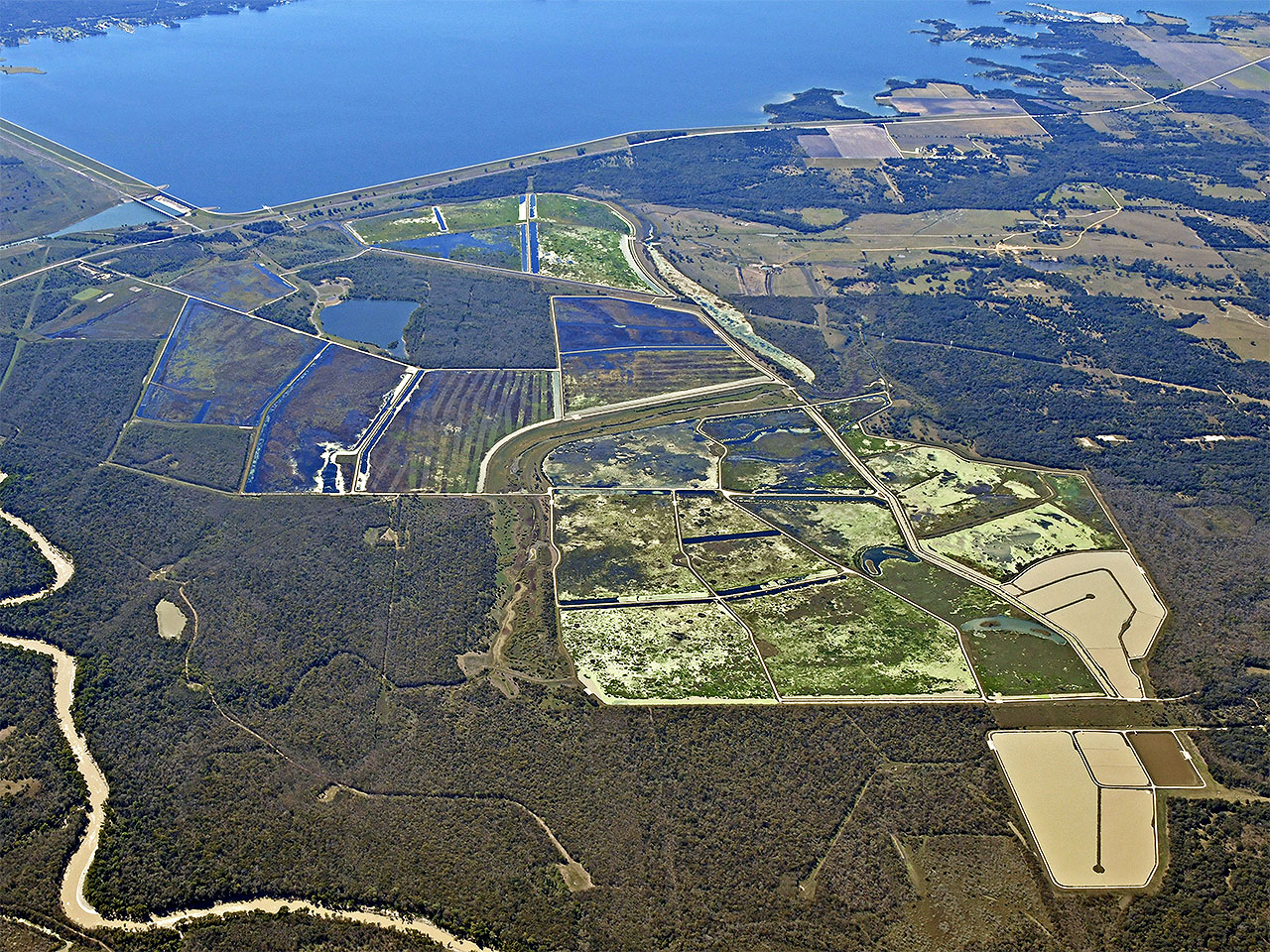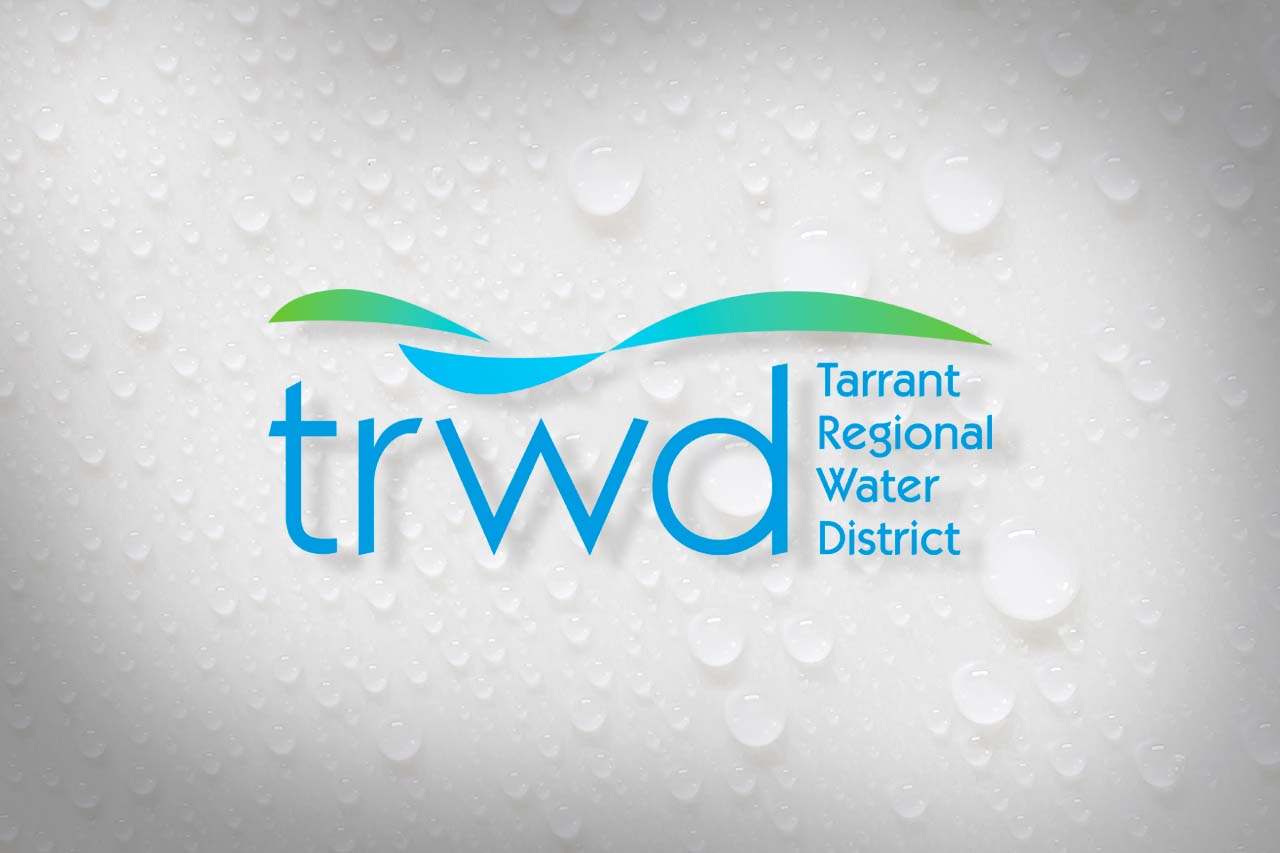
When the Tarrant Regional Water District completed the wetlands at Richland Chambers Reservoir, officials knew it would play a major role in supplying water to North Central Texas.
Earlier this month, TRWD realized again just how big a part when the George W. Shannon wetlands provided 90 million gallons a day, or 60 percent of the 150 million gallons of water a day coming from Richland Chambers.
When that water was combined in the TRWD pipeline with the 50 million gallons a day pumped from the Cedar Creek Reservoir, the wetlands accounted for 45 percent of the 200 million gallons a day out of East Texas.
Which was good news since North Central Texas is experiencing a severe drought, according to the U.S. Drought Monitor. The water from East Texas was sent to Lake Arlington for storage and use in multiple water treatment plants.
“It’s definitely a big help right now, for sure,” said Zach Huff, TRWD’s water resources engineering director. “It provides a huge benefit to the entire system. It is beneficial from a water supply and environmental standpoint.”
The 2,000-acre wetlands at Richland Chambers was completed in 2013. It takes water from the nearby Trinity River and naturally filters it through vegetation in man-made cells before returning it to the lake.
The success of the Richland Chambers wetlands helped convince TRWD to develop a second, 3,000-acre wetlands at Cedar Creek Reservoir. The new wetlands is expected to provide at least 80 million gallons a day.
TRWD provides raw water to 2.3 million customers in more than 70 North Central Texas cities.


